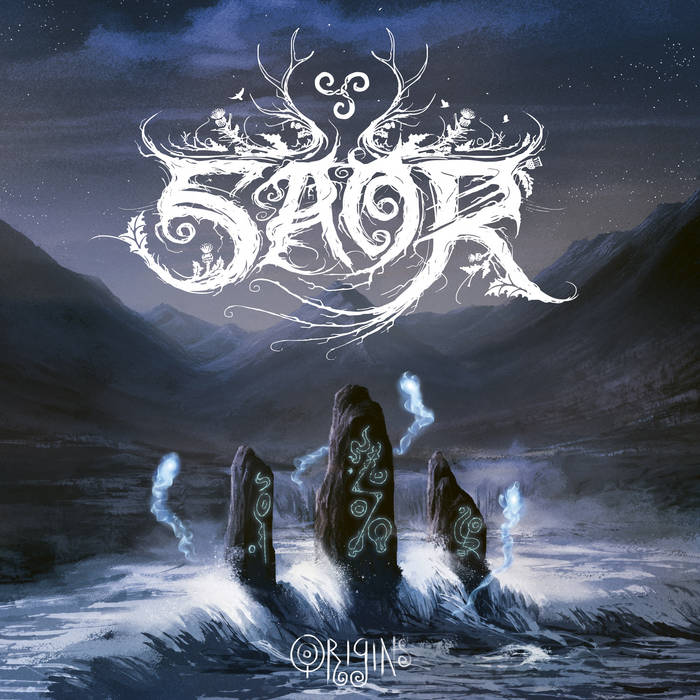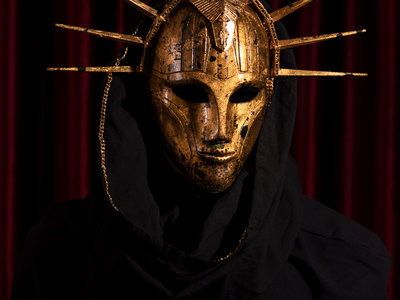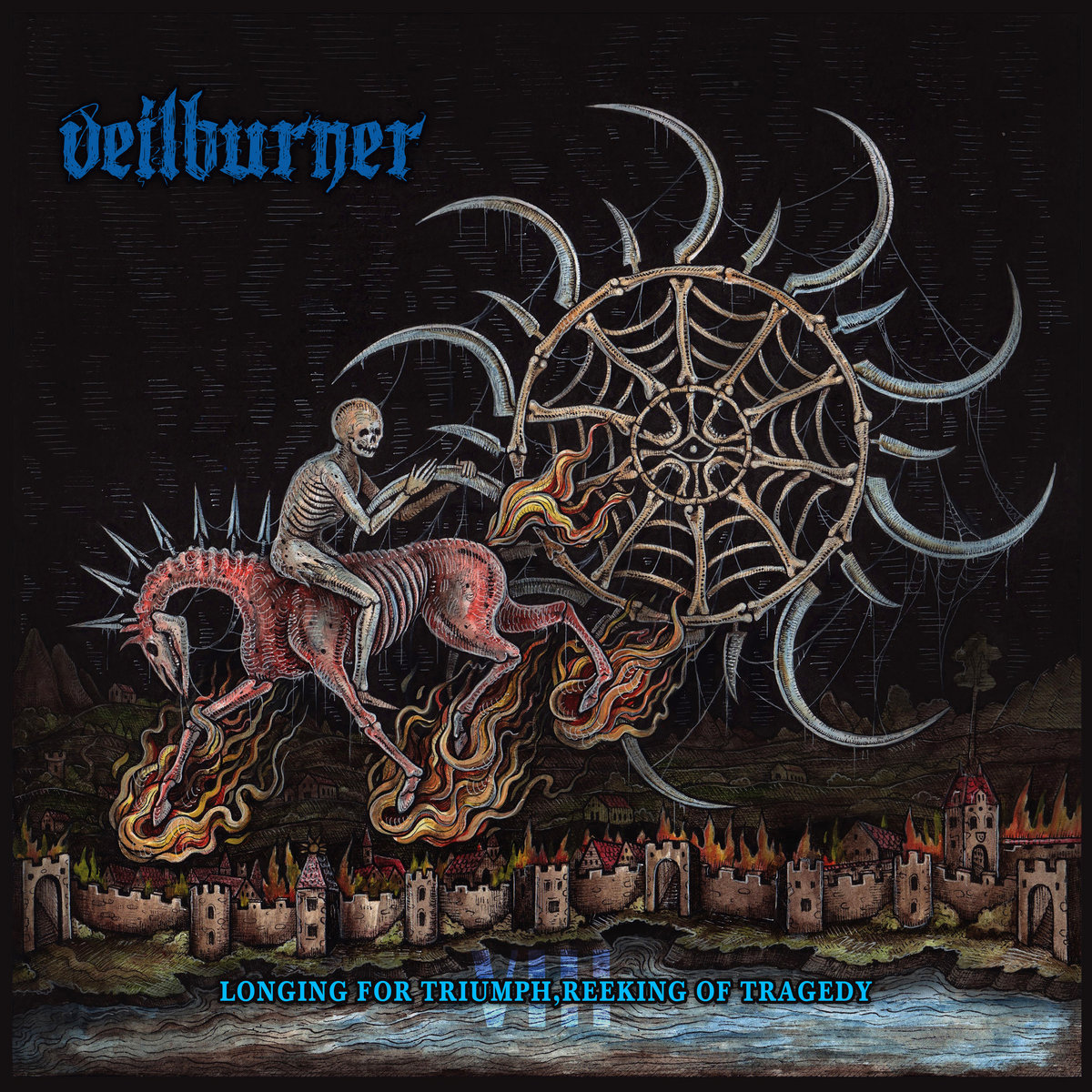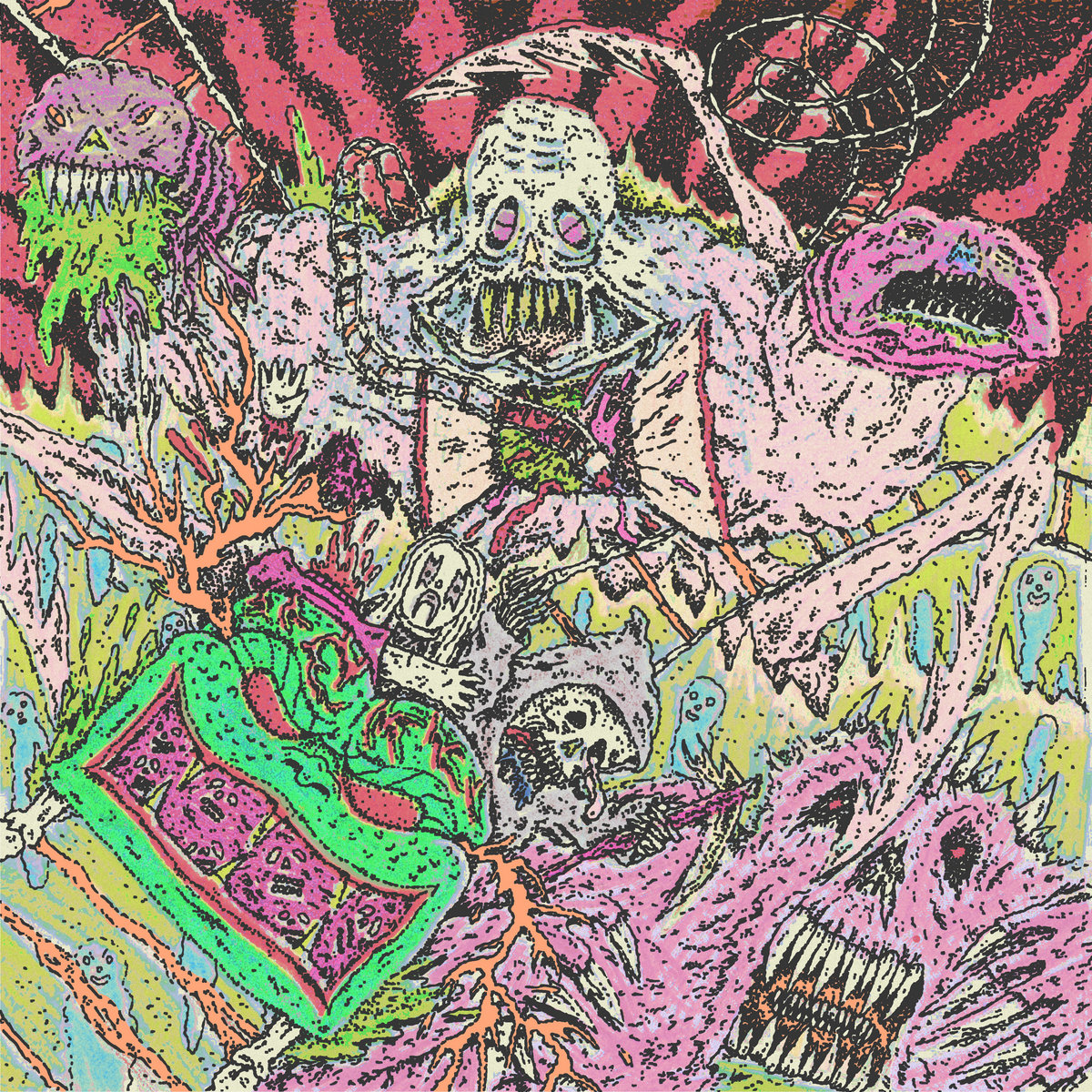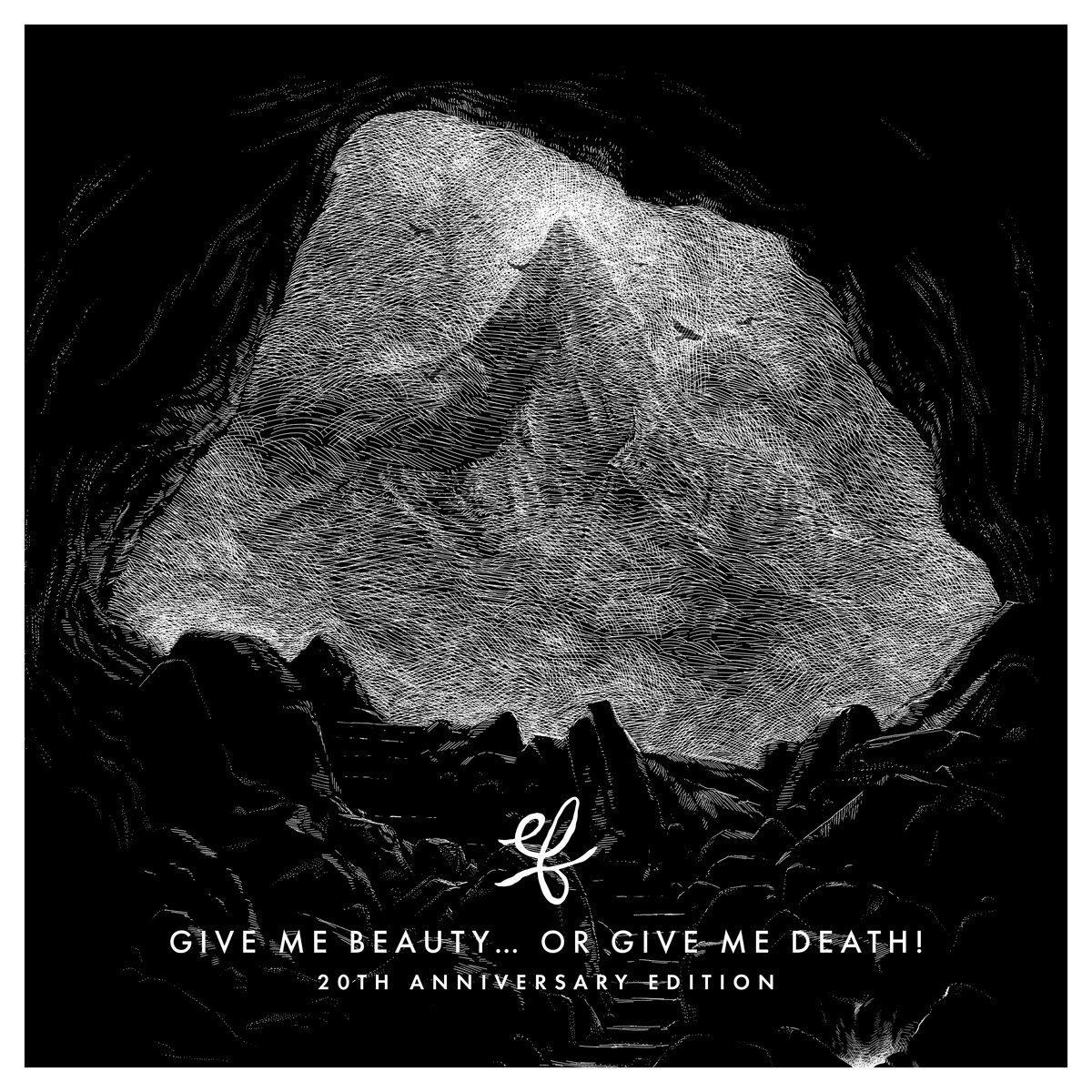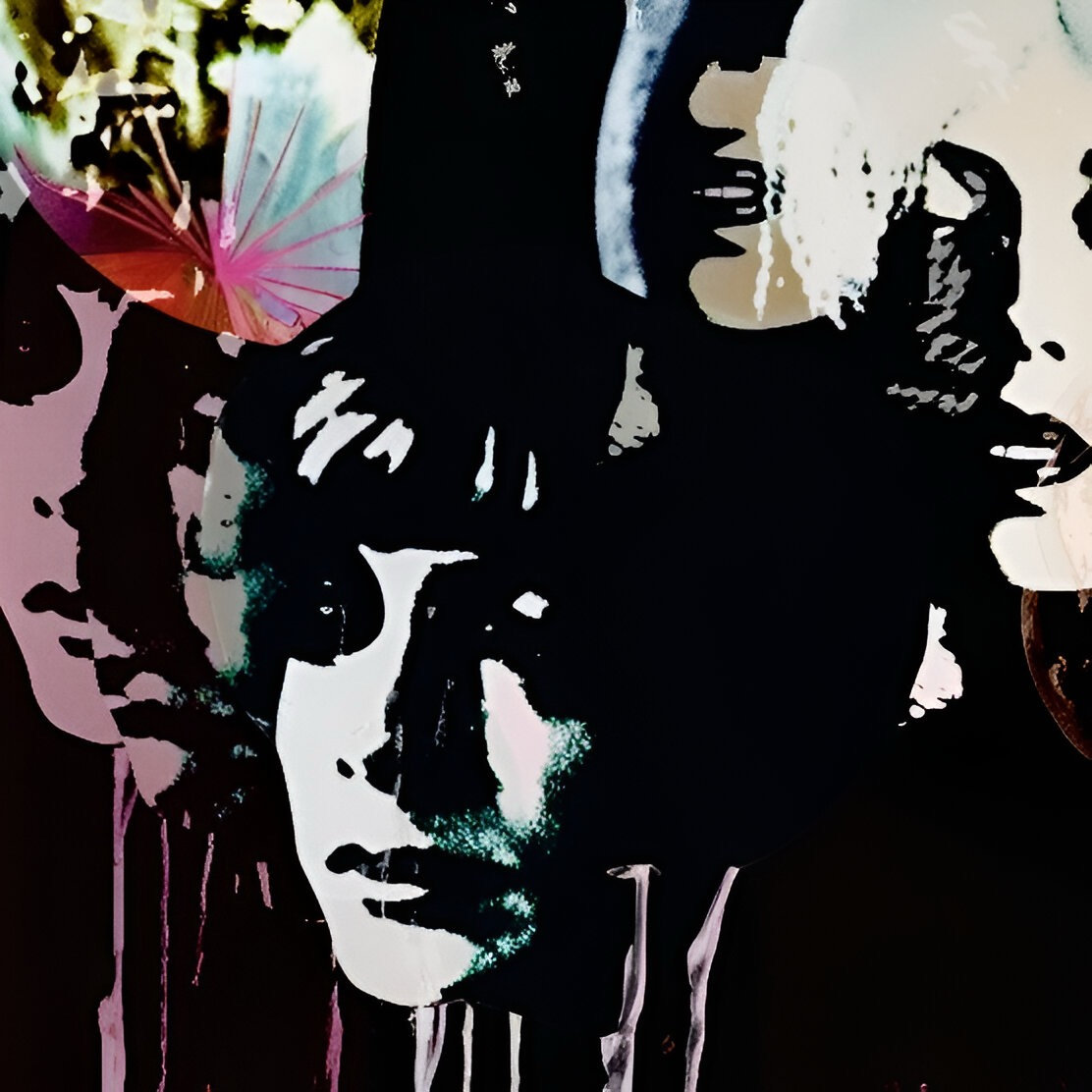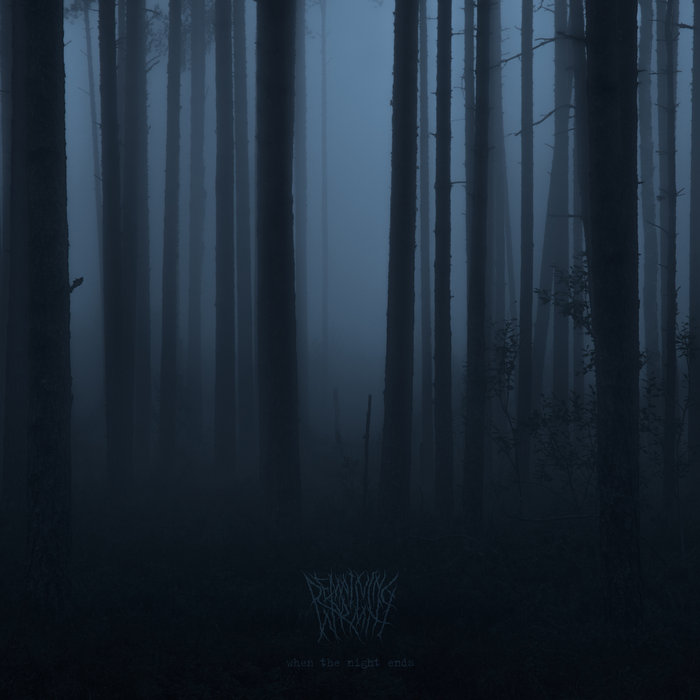Christians perceive their god as a holy trinity. Shakespeare had Macbeth encounter three witches. The new Saor record has three steles on its cover. Those ancient upright stones with ritualistic markings are glowing in that typical Scottish blue that one can also see on the cross of St. Andrew, the Scottish flag. Andy Marshall is back with his Caledonian metal project! Fàilte air ais, Saor!
This review shall not include anything about a revived Scottish drive for independence even though some people advised me to include a part on it. But Saor’s latest record is just too vibrant to waste any thought on politics. Focusing once more on tales from his breathtaking native surroundings in the highlands and on the Isle of Skye, Andy now concentrates on the Picts, a larger group of clans which settled in Scotland presumably between the 5th and the 9th century AD. A lot of the song titles already exemplify the connection between the Picts and Origins - apart from the fact that many Scottish origins lie in the culture and rituals of the Picts, e.g. the love for unusual instruments like the bagpipes of the Carnyx a classical Pictish horn whose one end looked like the head of an angry animal and that was used to call the warriors to battle. Origins opens with ”Call of the Carnyx”, one of the best songs on the album as it develops this kind of pull-effect that really good openers should have – they should get your mind of anything else and only onto the record ahead of you. That Andy used the Carnyx and other typically Scottish instruments like the flute, whistle and bagpipes on his records should be clear and understandable – how to create a typical Highland sound without these instruments?
Nevertheless, this record is as much black metal as it is folk metal and as it lays special emphasis on Scottish tales and history, Andy coined the term “Caledonian Metal” which might be the best – self-coined term for one’s own genre ever due to the reasons above. Striking about Origins is the way that it uses classical black metal dual guitar work and incorporates it into those sounds typical for folklore. The same can be said about the vocals: Sometimes we hear group vocals (or what seem to be group vocals, but might also be just many overlapping tracks of Andy singing the same thing) reminiscent of the chants of the druids. On the other hand we also get black metal screams over long blastbeat attacks. Saor can be translated as “free” or “untamed” and, just like its predecessors, Origins is just that. Often we find highly atmospheric foundations on which the tracks then lay out their bold and beguiling structures, with many songs leaning a bit towards one side of the spectrum between folk and black metal. ”Aurora” (the word best describing the blue radiation on the cover emanating from the steles) and its field recording of wind blowing across the Highlands is the grounds on which the upbeat drums can kickstart the black metal track with its guitars often somewhere between Thin Lizzy and Baroness.
However, one thing should be clear by now – Saor is using all these elements to create a very unique sound, one that has not found any imitators as it seems difficult to emulate his work. When Wolves in the Throne Room released Two Hunters back in the days it was a gateway record for many (back) into black metal, in some ways, Origins might do the same for Pagan or Viking metal. However, Saor do not belong to either even though Andy’s songs share a love for history, for folklore and for melody – but the songs surely do not tend towards Amon Amarth but rather towards Bathory.

